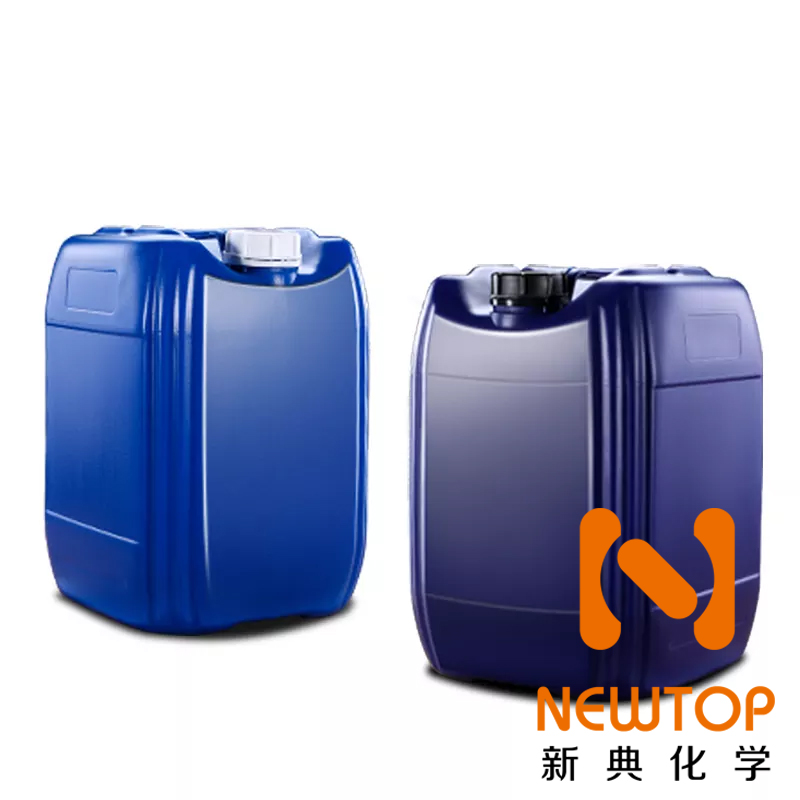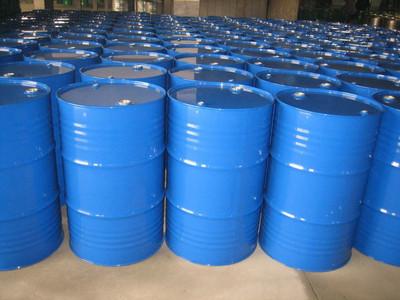CAS 683-18-1
Overview:
Chinese name: FASCAT4210 catalyst
Alias: FASCAT4210 catalyst, CAS 683-18-1, dibutyltin dichloride, dibutyltin dichloride, dibutyltin dichloride, dibutyltin dichloride, dibutyltin dichloride, dibutyl dichloride Tin, dibutyltin, di-n-butyltin dichloride
English name: FASCAT 4210, Dibutyltin dichloride, Di-n-Butyldichlorotin
Physical and chemical properties:
CAS 683-18-1
EC 211-670-0
Molecular formula C8H18CI2SN
Molecular weight: 303.85
Properties: white crystals. Sensitive to moisture, hydrolyzed in hot water. Soluble in a variety of organic solvents, but insoluble in water. The relative density (d244) is 1.36. The melting point is 39~41℃. The boiling point is 135°C (1.33kPa). Refractive index (n51D) 1.4991. Flash point>112℃. Moderately toxic, the median lethal dose (rat, oral) 100mg/kg. Corrosive.
[Appearance properties] white crystals.
【Melting point】39 °C
【Boiling point】135 °C10 mm Hg(lit.)
【Density】1.4
【Refractive Index】1.4991
【Flash point】>230 °F
【Storage conditions】2-8°C
【Water solubility】320 mg/L, hydrolises in hot water
use:
Organic Synthesis. Catalyst for polymerization. Organotin intermediates.
Storage and transportation:
It should be sealed and stored in a dry, cool and ventilated warehouse.
package:
Packing: 25Kg cardboard drum.
CAS 683-18-1
Overview:
Product Name: Dibutyltin dichloride 683-18-1
Product code: DBTC
Basic Information:
Chinese name: dibutyltin dichloride
English name: Dibutyltin dichloride
Chinese alias: dibutyltin dichloride; dibutyltin dichloride; dibutyltin dichloride; dibutyltin; di-n-butyltin dichloride
English aliases: Dibutyldichlorotin; Dinbutyltindichloride; chloriddi-n-butylcinicity; chloriddi-n-butylcinicity(czech); dibutyldichloro-stannan; dibutylstanniumdichloride; dibutyl-tidichloride; dibutyltinchloride; dichlorodibutylstannane; dichlorodibutyltin; di-n-butyldichlorotin;
CAS number: 683-18-1
Molecular formula: C8H18Cl2Sn
Molecular weight: 303.8445
The main purpose:
Yellow viscous liquid with special smell, insoluble in water
It can be used as a pharmaceutical intermediate, and can also be used to synthesize dibutyltin mercaptan with mercaptoester, and can react with caustic soda to form dibutyl oxide.
Used in organic synthesis, polymerization catalysts, organotin intermediates.
Chinese name dibutyltin dichloride
English name Dibutyltin dichloride
Nicknamed dibutyltin dichloride; dibutyltin dichloride
CAS Registry Number 683-18-1
Physical data:
- Properties: Corrosive white paste-like substance.
- Density (g/mL, 25/4℃): 1.36
- Relative vapor density (g/mL, air=1): Not determined
- Melting point (ºC): 39-41
- Boiling point (ºC, normal pressure): not determined
- Boiling point (ºC, 5.2kPa): Not determined
- Refractive index: not determined
- Flash point (ºC): Not determined
- Specific rotation (º): not determined
- Spontaneous ignition point or ignition temperature (ºC): not determined
- Vapor pressure (kPa, 25ºC): Not determined
- Saturated vapor pressure (kPa, 60ºC): Not determined
- Heat of combustion (KJ/mol): Not determined
- Critical temperature (ºC): not determined
- Critical pressure (KPa): Not determined
- Logarithm of oil-water (octanol/water) partition coefficient: not determined
Storage and transportation:
Store in an airtight container in a cool, dry place. The storage place must be locked, and the key must be handed over to the technical experts and their assistants. The place of storage must be far away from oxidant and water source.
Transportation: When loading and unloading, light loading and unloading should be carried out. During the transportation process, the packaging should be prevented from being damaged. If the damage is found, it should be sealed immediately, and the small amount of leakage should be diluted with a large amount of alkaline water;
package:
Packing: It should be packed in glass containers, plastic containers, and metal containers resistant to chlorine corrosion, sealed and stored. Store in a cool, dry place, keep the container sealed and avoid contact with oxides. Do not breathe dust, avoid skin and mucous membrane contact. Smoking, eating and drinking are prohibited in the workplace. After work, shower and change clothes. Store contaminated clothing separately and wash it before reuse. Maintain good hygiene habits.


